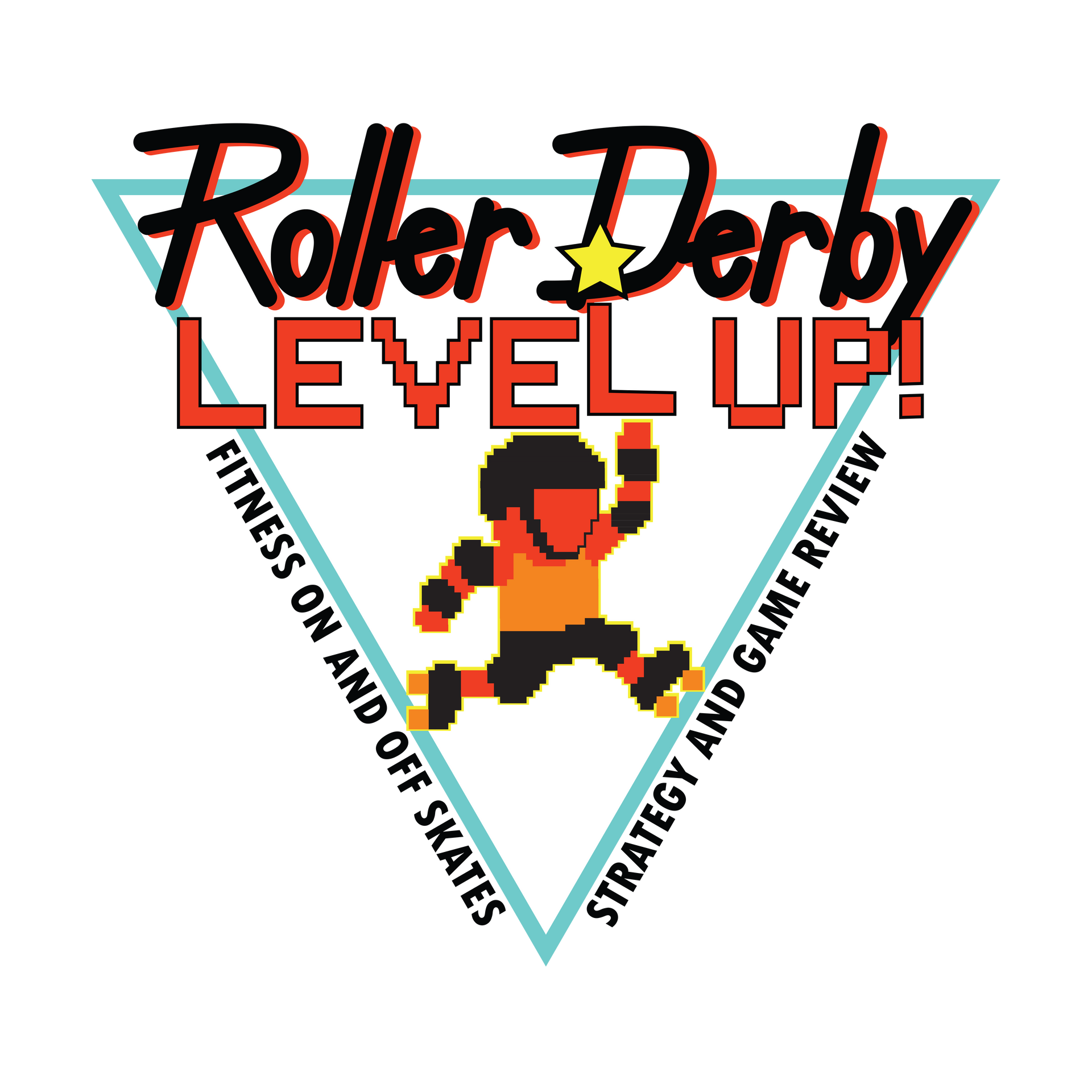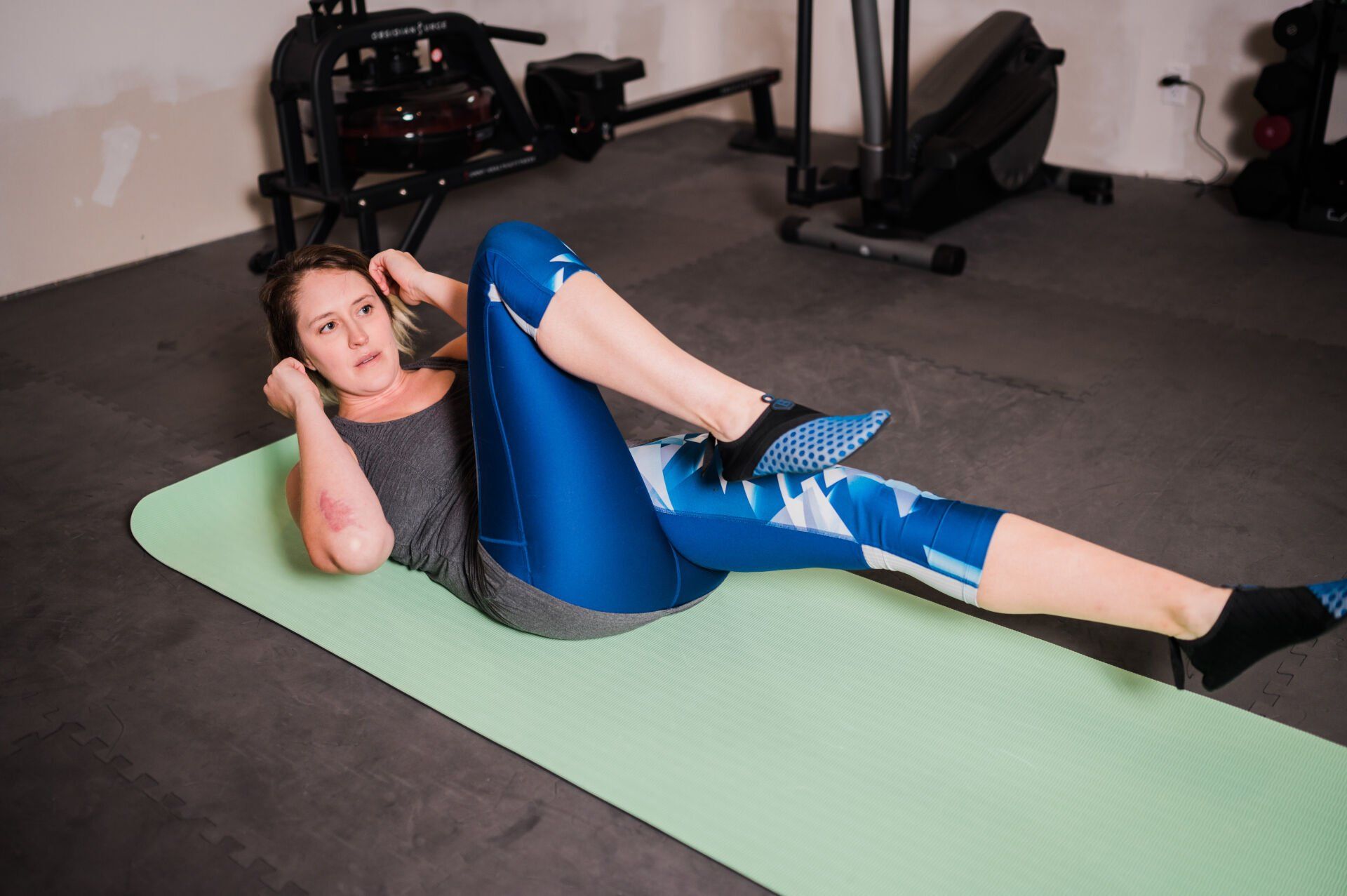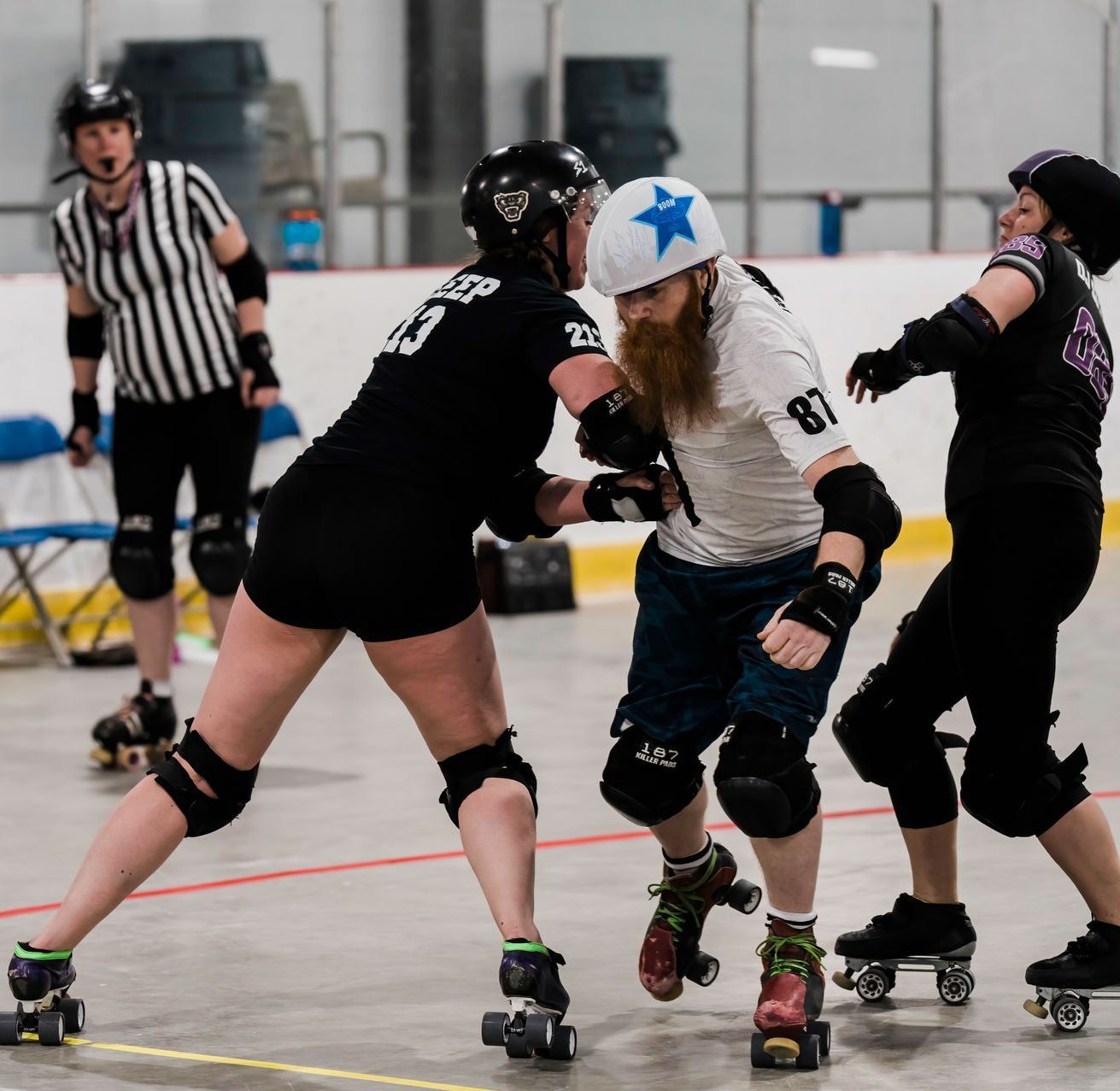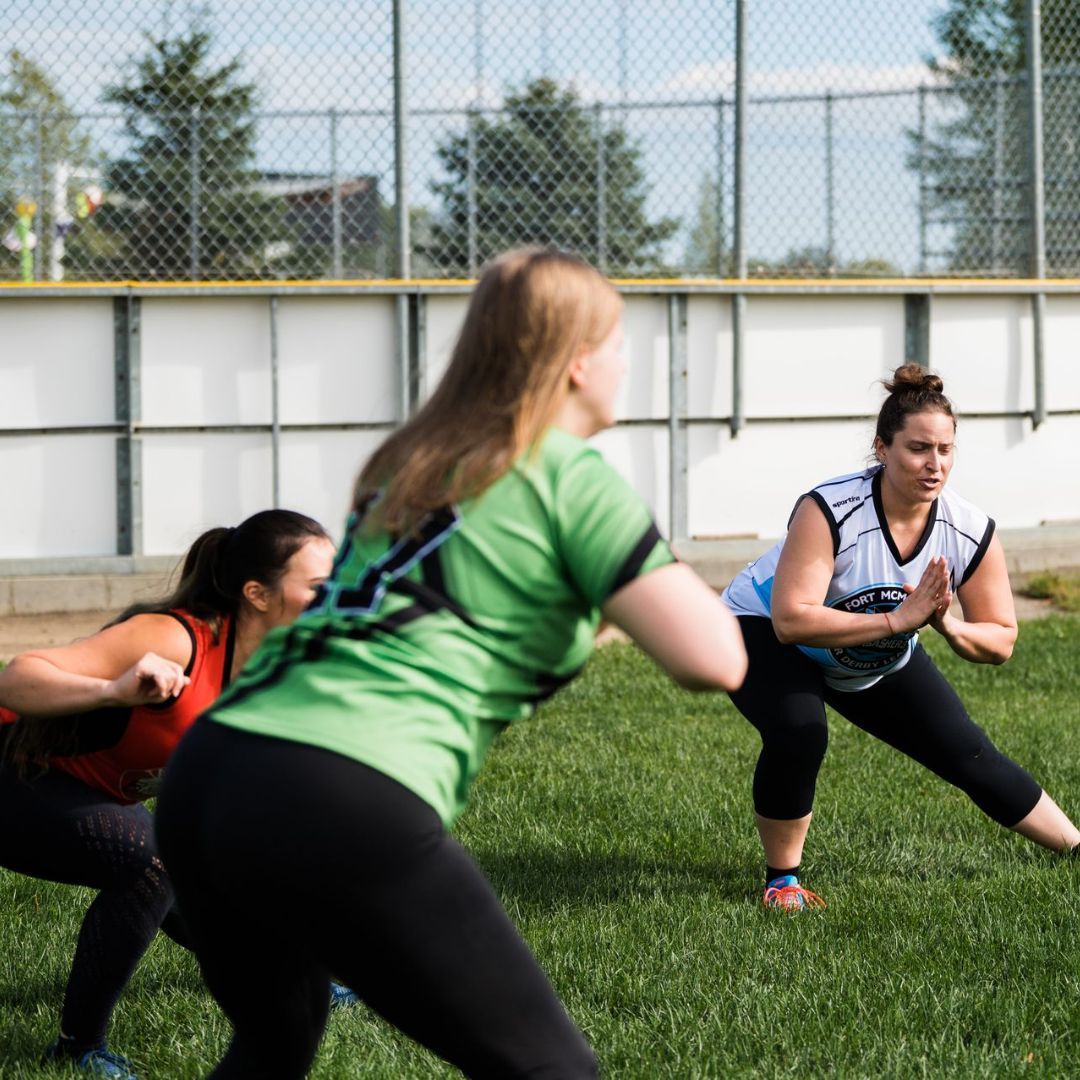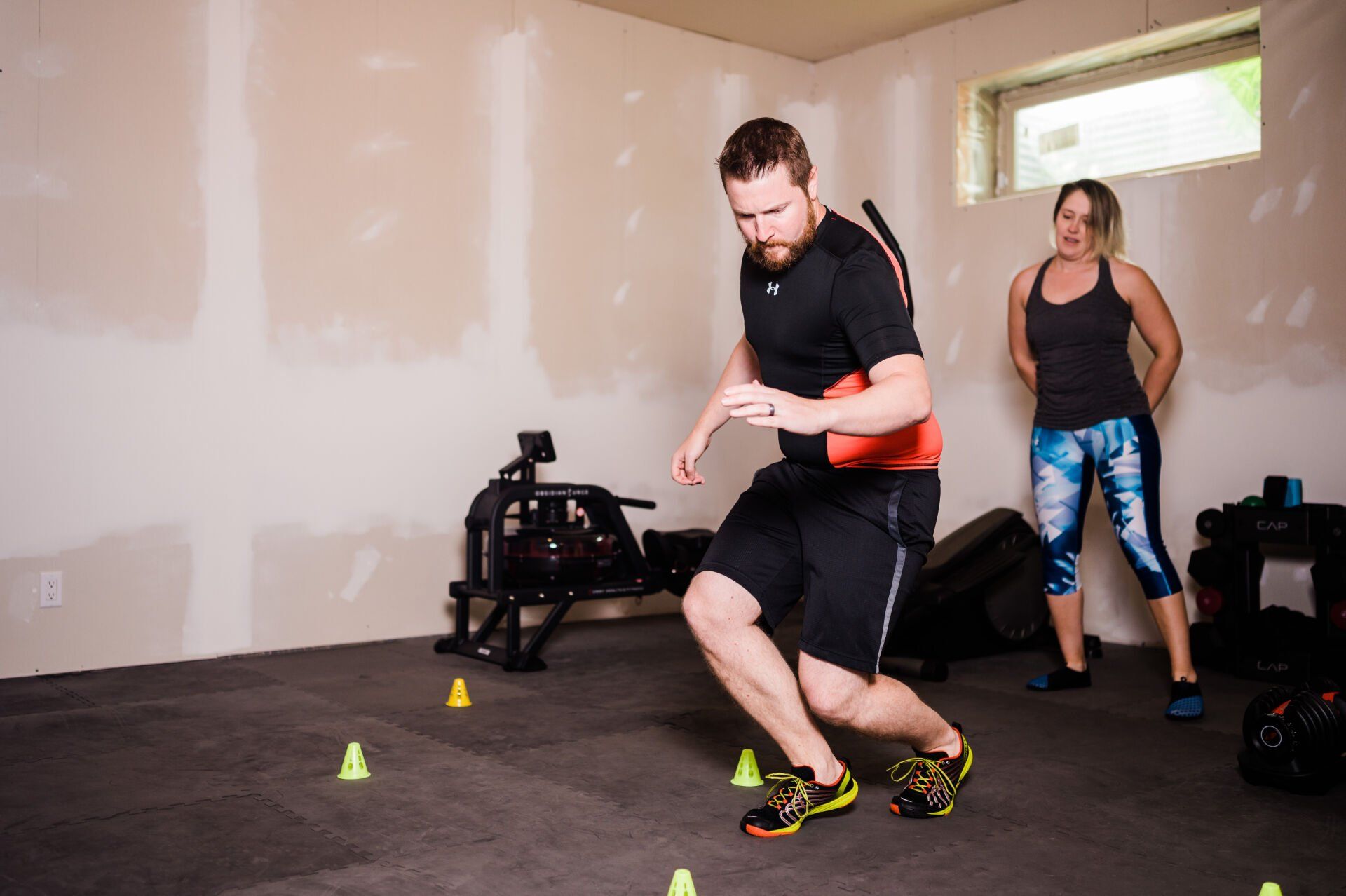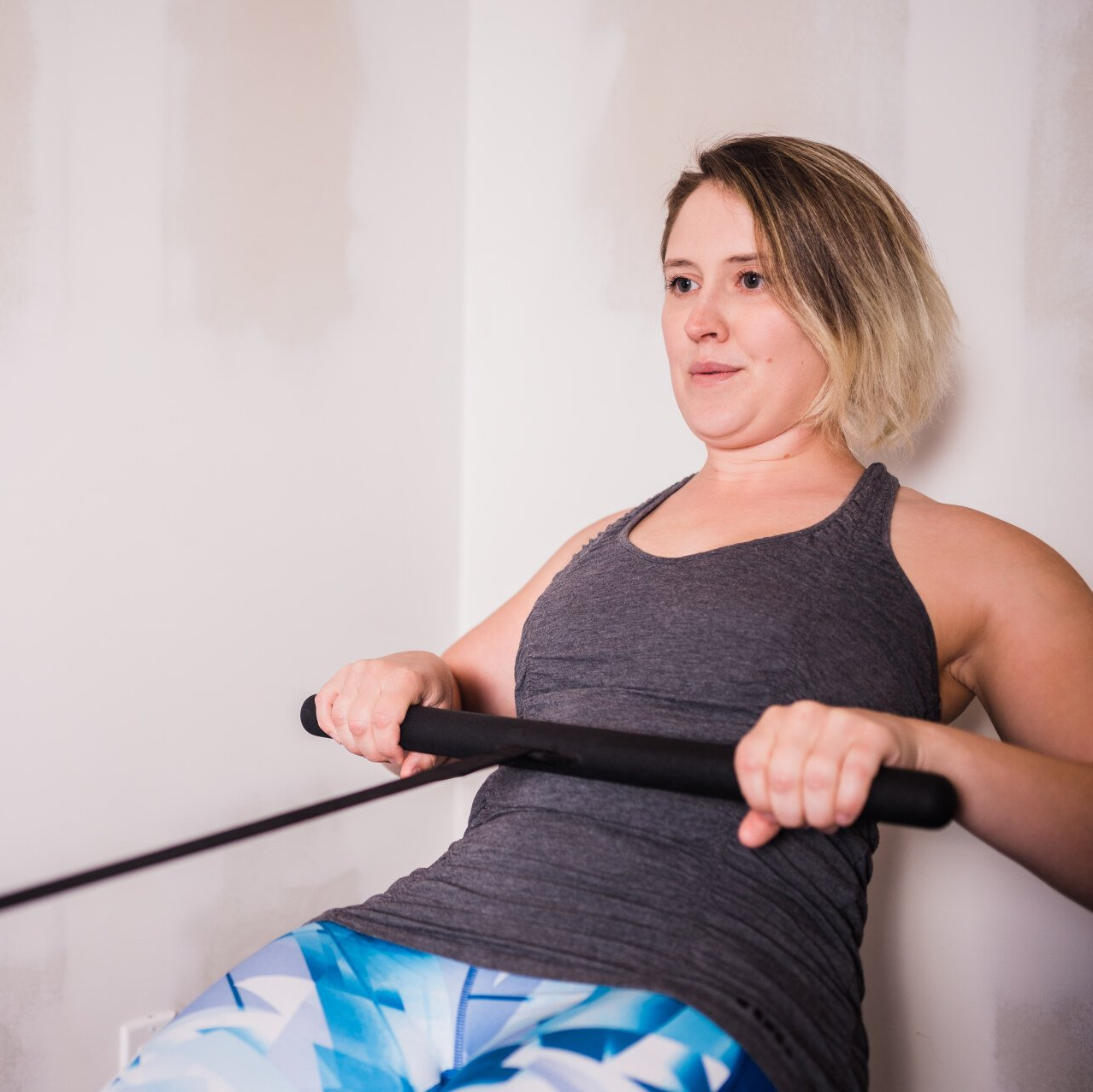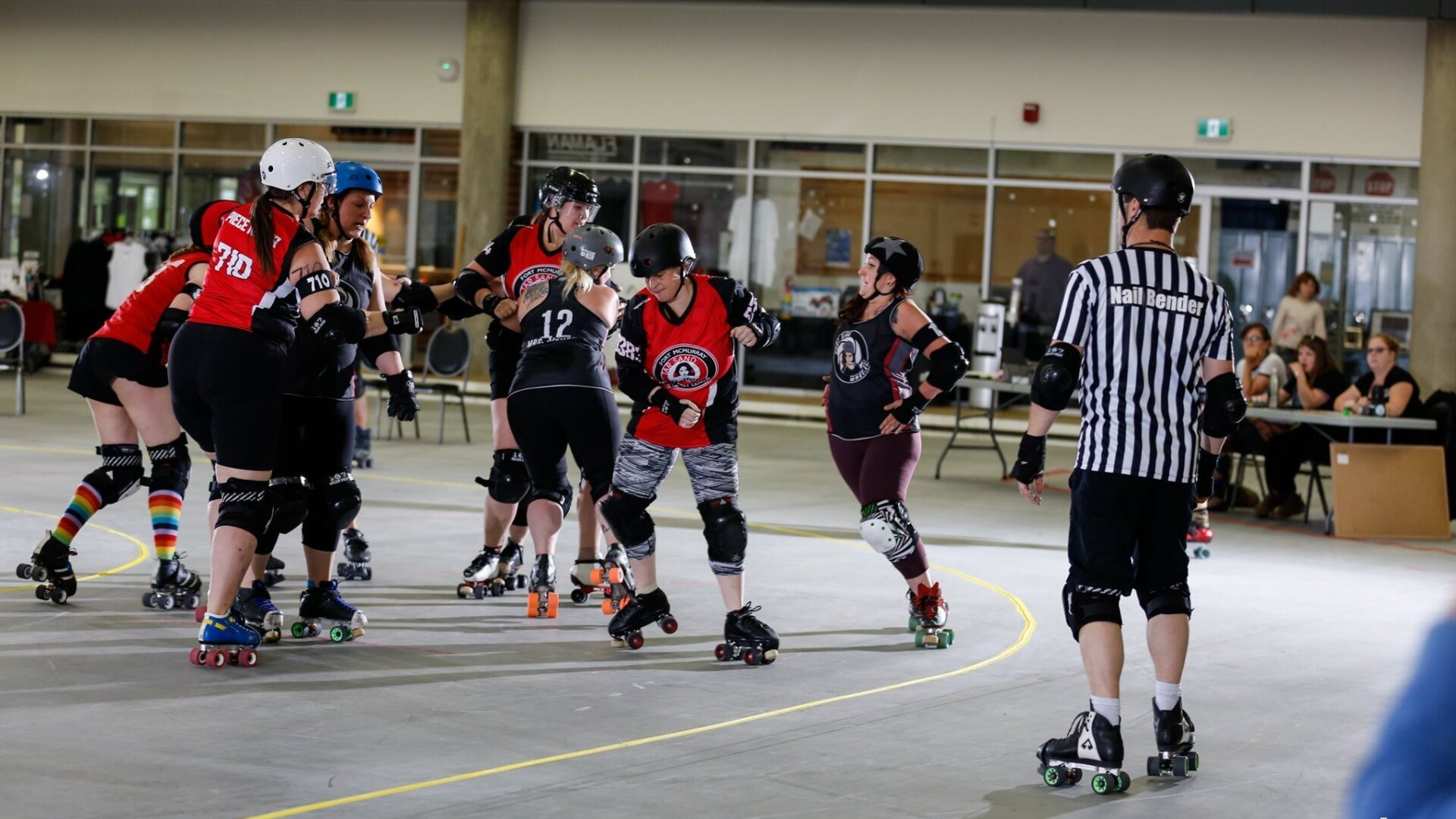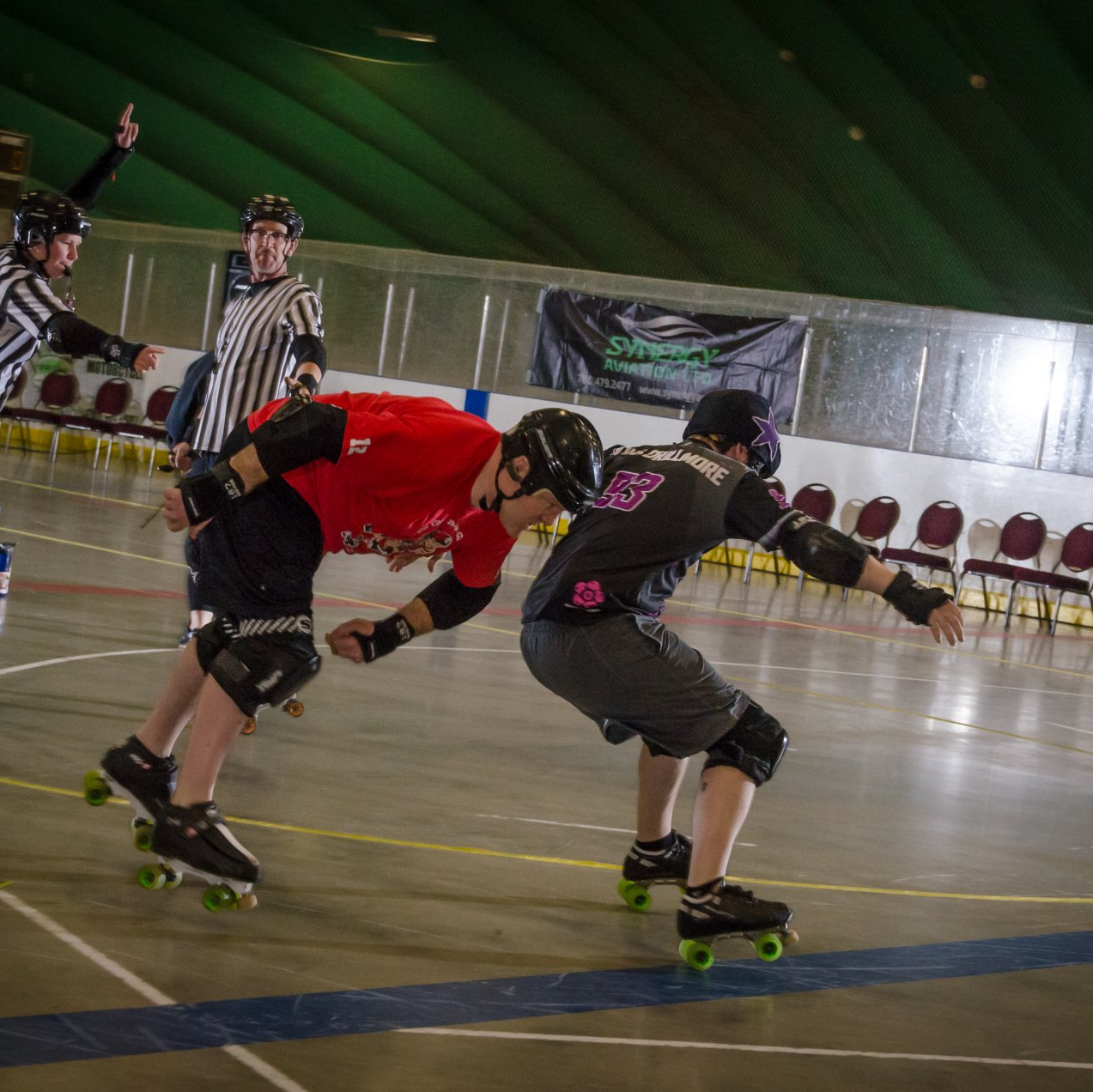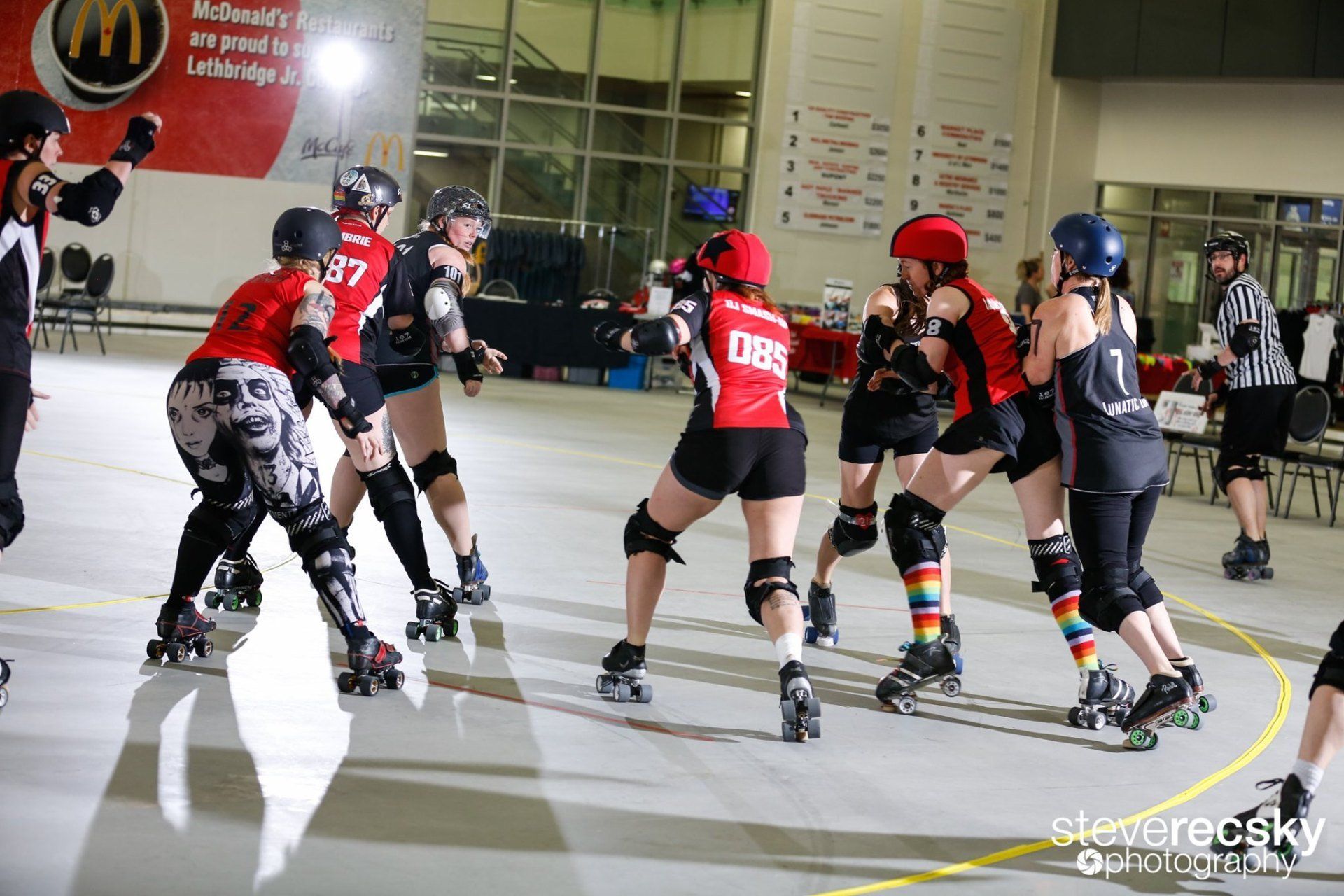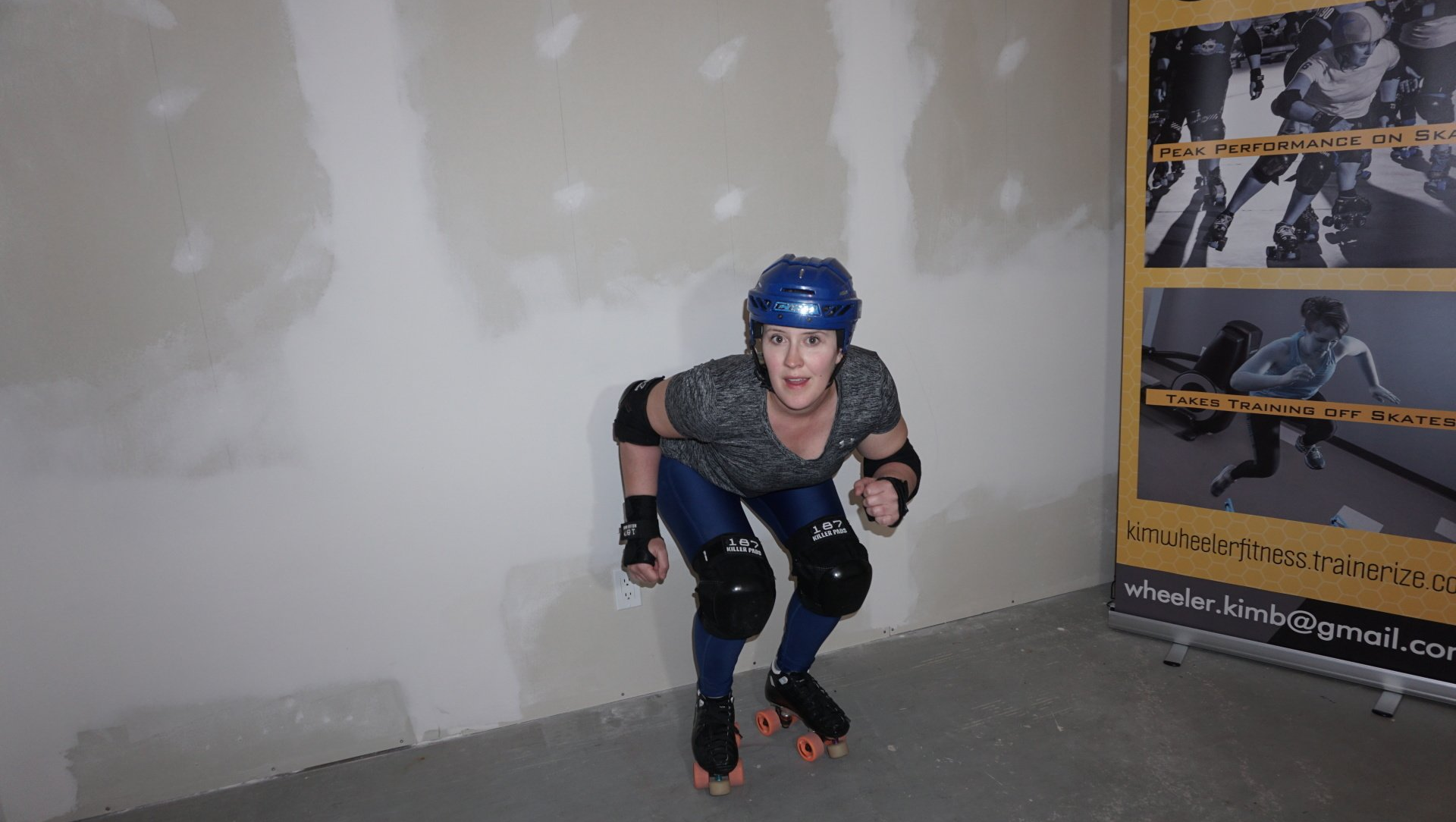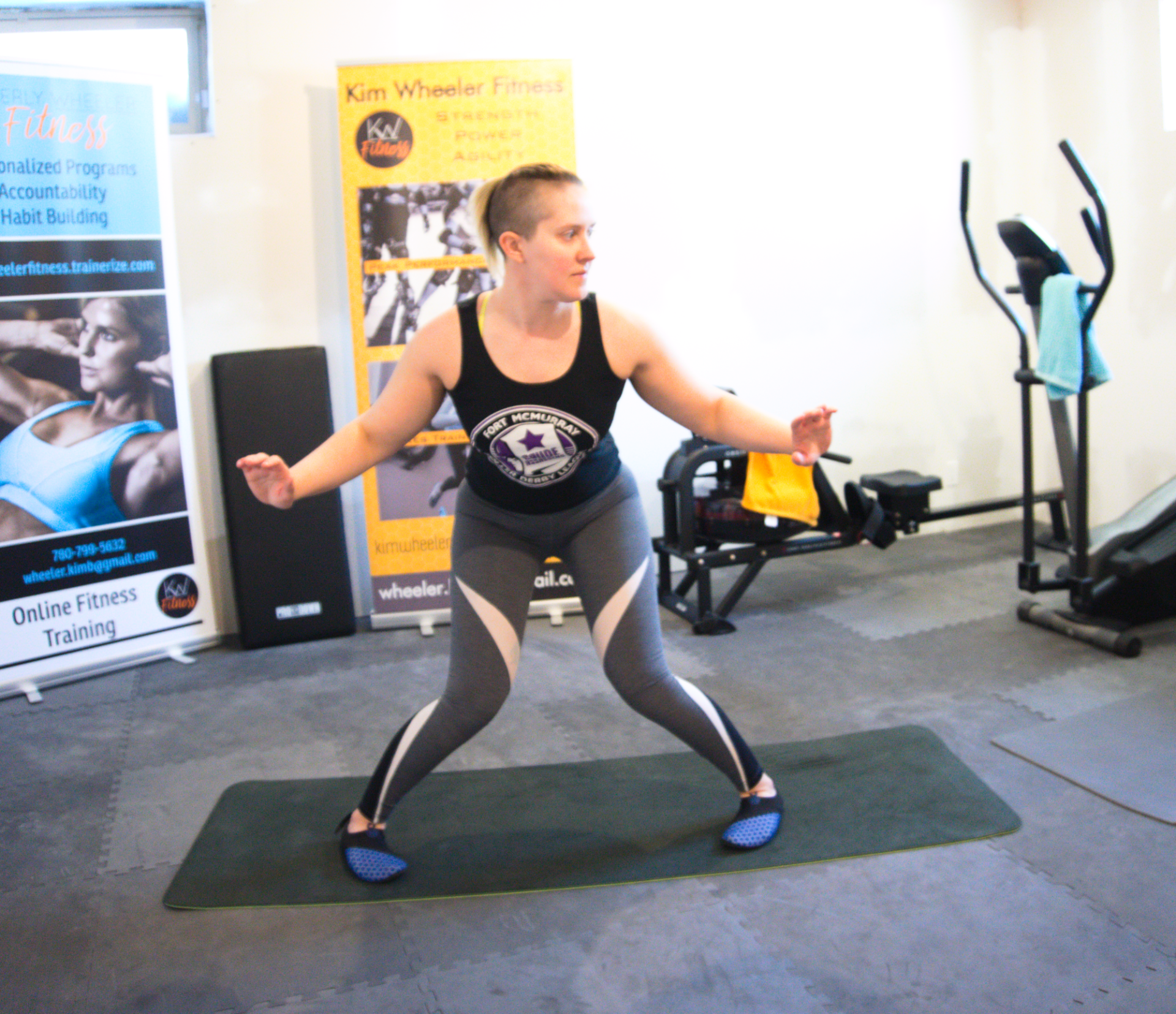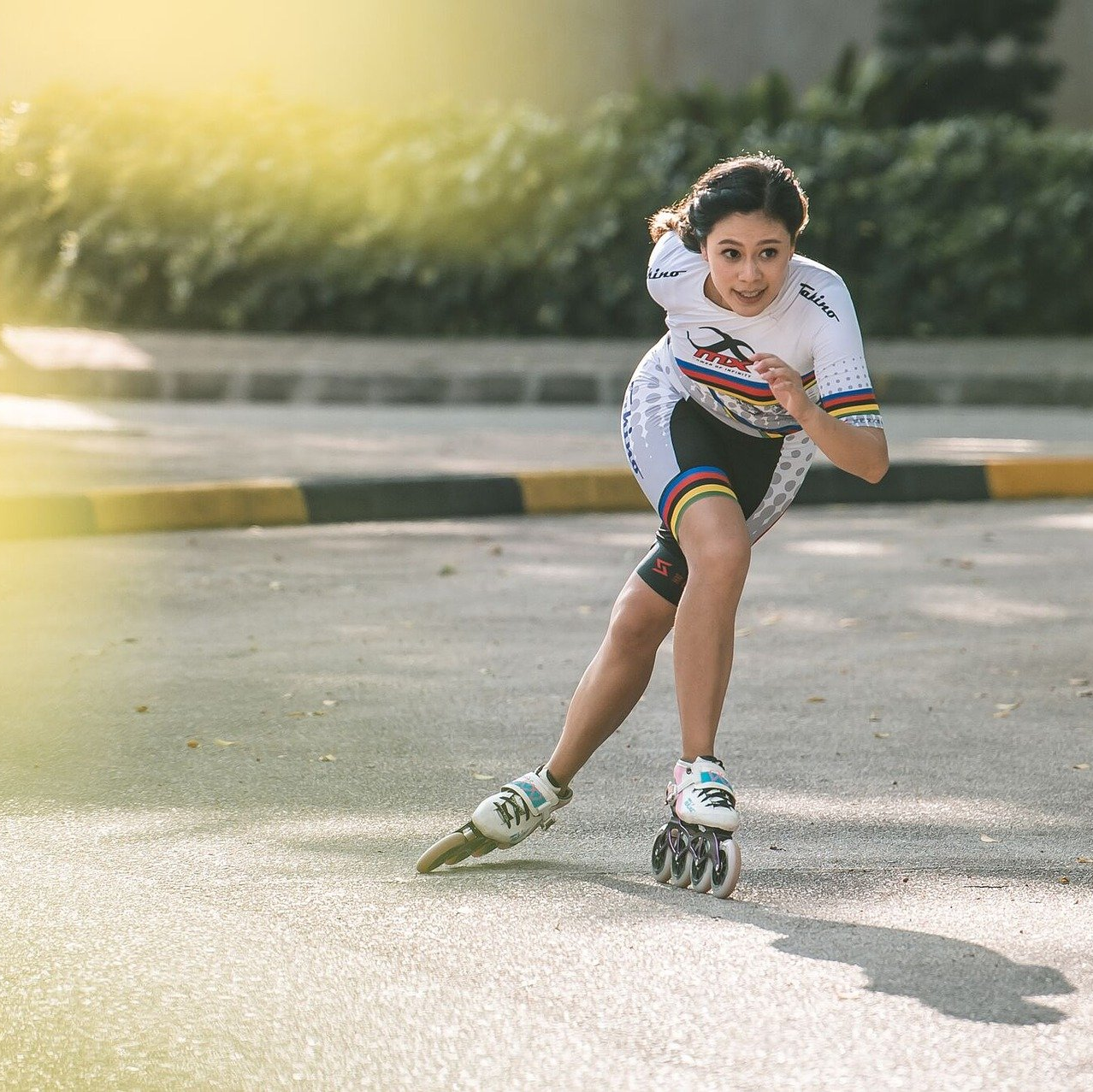Backwards skating breaks down to using your inside edges, toes, and the C-cut. Balance, weight shift, and hip strength all play a big part in the quality and power of your backwards skating. The comfort of skating forwards revolves around the fact that you are moving forward, as you go faster you can lean forward a bit and not fall. While skating backwards, leaning too far forwards will leave you on your toe stops and not moving anywhere. Conversely, leaning too far backwards will cause you to fall backwards, but even a small amount will put too much pressure into your heels and you will lose your power. When backwards skating your weight should be fairly evenly centered, as you get faster you will find your weight shifting more aggressively between feet. For the backwards C-cut motion you need to be able to put pressure and power into the balls of your feet, so you can flick them away from your body, propelling yourself backwards. This motion and the muscles required to complete it are what the rest of the blog will go over, and how to train off-skates for better backwards skating.
First let’s talk about muscle building. The muscles needed for backwards skating are strong legs, stable core, and great abductors. Squats and Side Lunges are perfect for working the glutes as they put your body in a similar position to when you are skating. Core stability is key all the time when skating, but is even more important when changing direction. Static core holds are great for working on that, but we can do better than just planks as you hopefully won’t be in a plank position. Instead, pick core moves that focus on pulling and holding your belly button into your abdomen. Examples are V-Sits, Dead Bugs, and Standing Wood Choppers. In fact, make a point to stabilize your core whenever you are doing standing moves as that is the best mimic for in-game core stabilization. The final muscle you want to strengthen is your abductor aka side of hip. Moves like Clam Shell, Hip Abductors (standing or lying), and Banded Side Shuffles are targeted exercises for this muscle group.
